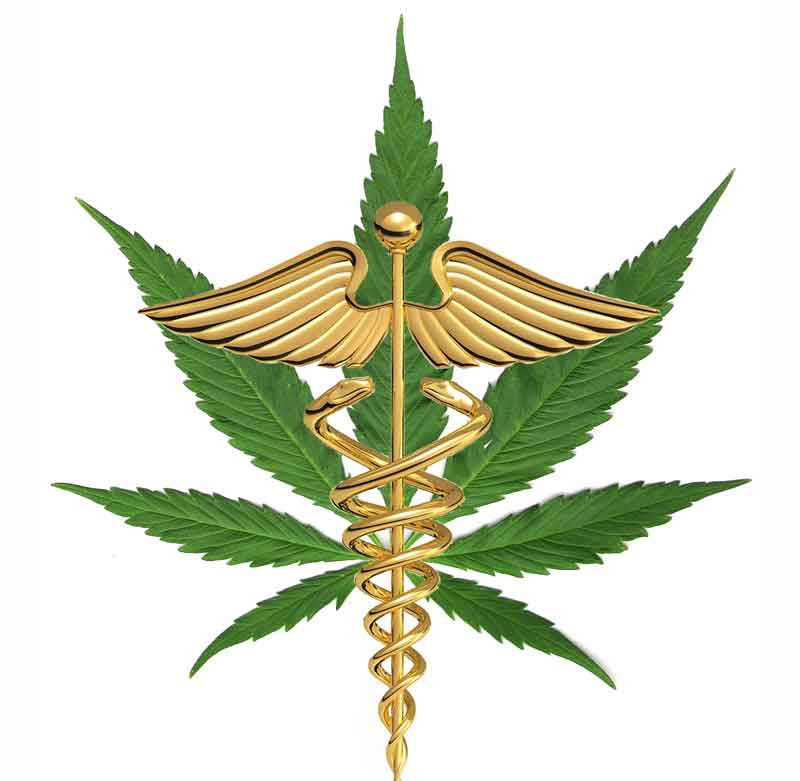What is it that makes marijuana more frightening to the federal government than cocaine or morphine?
The Drug Enforcement Administration has steadfastly, over decades, listed marijuana as a Schedule I drug, meaning that it has no medical value and that the potential for abuse is high. Cocaine and morphine, far more dangerous and habit-forming, are listed as Schedule II because they have some medical value.
The DEA recently ruled once again, a decade after it made the same decision, that marijuana is a potentially dangerous drug without known medical benefits.
During the intervening 10 years, though, nine more states, including Maine, passed medical marijuana laws, bringing the total to 17. Two years ago, the American Medical Association recommended changing the classification of marijuana to Schedule II, which would make it easier for researchers to obtain the drug for medical studies.
In March, the National Cancer Institute reported: “The potential benefits of medicinal cannabis for people living with cancer include antiemetic effects, appetite stimulation, pain relief and improved sleep.” However, it stopped short of endorsing marijuana as a medical treatment, concluding that there was too little evidence.
The cancer institute and the DEA are right that there’s not enough scientific evidence about the medical uses of cannabis. But whose fault is that?
The biggest reason there is so little proof about marijuana, one way or the other, is that the federal government is paranoid about legitimate research on the drug and has refused to relist it as Schedule II. The few and scattered studies that have been completed, in this country and around the world, have not proved marijuana’s potential benefits, but by and large, they have produced some promising findings. In the late 1990s, both the New England Journal of Medicine and the Institute of Medicine, part of the National Academy of Sciences, suggested that marijuana appeared to have some medical uses and recommended more research.
Those recommendations went unheeded, and no wonder. All research-grade marijuana in this country is under the control of the National Institute on Drug Abuse, whose mission is to research the addictive properties of drugs, not their potential medical benefits.
Our prescription is for better knowledge. Marijuana is just another drug — one with psychotropic effects, for sure, but one that might be able to help sick people.
Oversight of research-grade marijuana should be shared with an agency whose primary mission is medical research. Marijuana should be listed as a Schedule II drug to facilitate further research. The findings should be submitted to the Food and Drug Administration, just as clinical trials are for any other drug.
Then the nation can base its marijuana policy on information, not on entrenched fears or a patchwork of possibly well-intentioned but under-informed state medical marijuana laws.
Editorial by the Los Angeles Times distributed by McClatchy-Tribune Information Services.
Send questions/comments to the editors.


